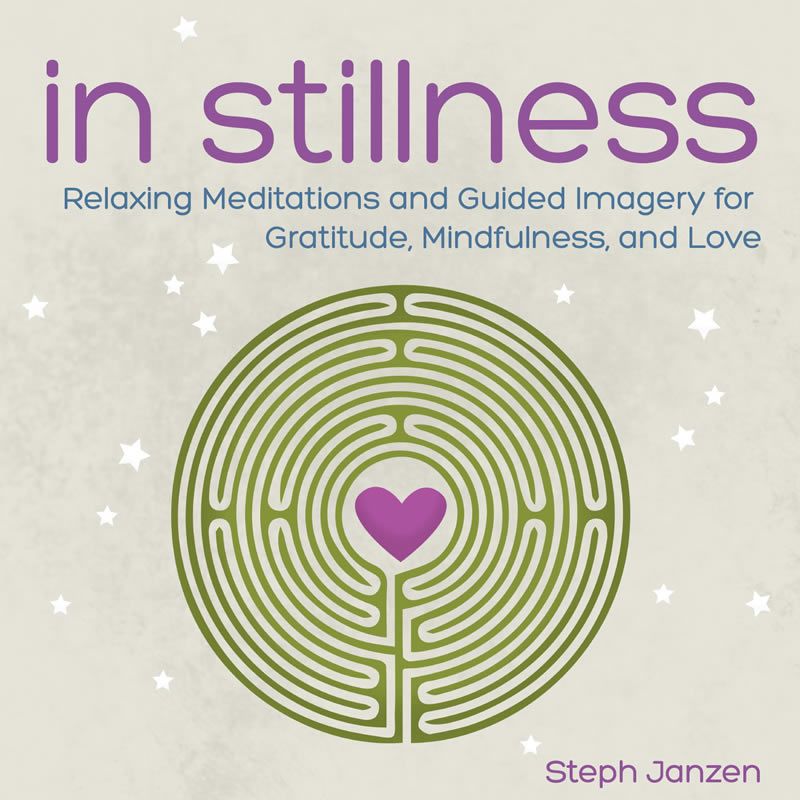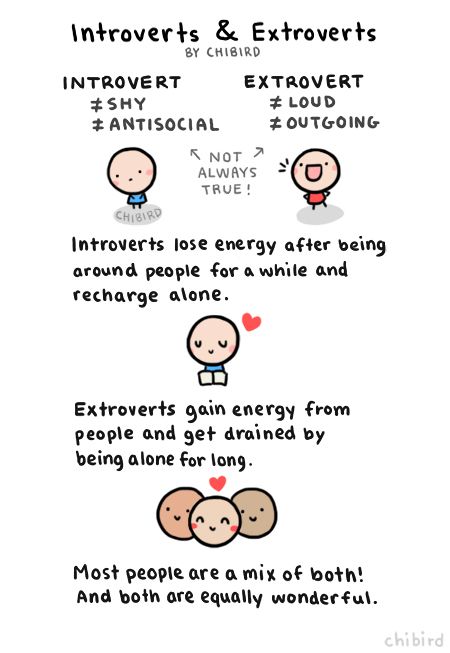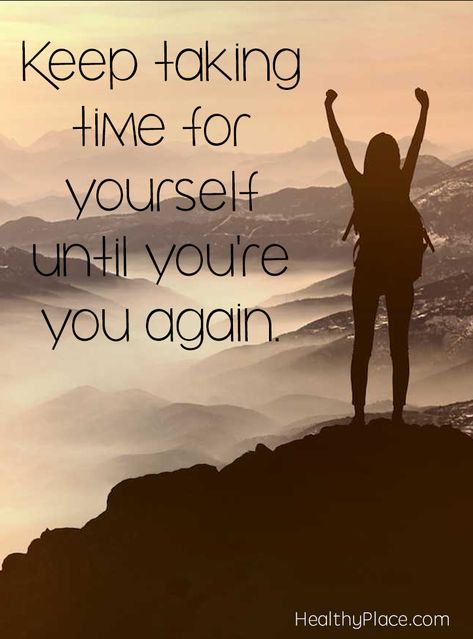How to empathize with people
Want to feel more connected to others? Here’s how to be more empathetic
In this Article
- What Is Empathy?
- How Do We Feel Empathy?
- How to Practice Empathy in Your Daily Life
Highly empathetic people are more likely to have more friends, more meaningful relationships, and be high-functioning generally. On the other hand, having a low ability to empathize is associated with different personality disorders like antisocial personality disorder and narcissistic personality disorder. While the task of being more empathetic might seem daunting, it is possible with practice over time.
What Is Empathy?
Empathy is understanding someone else’s experience so much that you can imagine having their experience yourself. It is the foundation for kindness and understanding. It helps us in relationships to understand the needs, experiences, and feelings of the other person.
It is different from sympathy, as sympathy is merely focused on responding or reacting to the experiences. Empathy takes it one step farther to being able to put yourself in the person’s shoes.
There are two types of empathy:
- Emotional empathy. As you might gather from its name, emotional empathy refers to the phenomenon of being able to feel the same emotion as the other person. The second component of it is feeling distress at their hardship, while the third component is feeling compassion for them. So the distress you might feel is not related to the feeling of the other person, but your own personal feeling of upsetness that someone else is going through something painful.
- Cognitive empathy. This is how you can perceive and intellectually understand the way someone else feels. This is more like a skill than emotional empathy and takes time to cultivate. Cognitive empathy involves time to learn how to identify certain emotions and behaviors.
How Do We Feel Empathy?
Many neuroscientists believe that empathy is merely the process of simulating the same emotion in ourselves that we see in other people. This is called the Simulation Theory.
This is called the Simulation Theory.
However, preliminary evidence suggests that we have specialized neurons in our brains called “mirror neurons” that get activated when we see and feel emotions. Many scientists believe that empathy is created with these mirror neurons.
Other scientists believe that empathy is created entirely through the intellect. The idea is that we are able to experience empathy by seeing others and understanding intellectually how we should feel or react to someone else’s feelings.
While there are many theories, how exactly we feel empathy is not known for sure. Most likely, it is a combination of all or some of these theories. Perhaps we feel different types of empathy in certain situations.
How to Practice Empathy in Your Daily Life
Empathy is a natural part of our development, even in animals. But, of course, many factors can impact someone’s ability to be less or more empathetic towards others. Still, usually, an individual's general ability to empathize stays roughly the same over the course of their life.
Still, usually, an individual's general ability to empathize stays roughly the same over the course of their life.
However, it is never a bad idea to find more ways that you can practice more empathy in your day-to-day. Some great places to start are:
- Become curious about people you don’t know. Empathetic people are people who are curious about those around them. They may strike up conversations with strangers or observe others with openness. They are people who kept the natural curiosity that we all have when we are children. This curiosity helps us empathize because it exposes us to different world views, lifestyles, and people we would not usually meet.
- Focus on similarities rather than differences. Every single one of us has biases. There are always ways to put other people into boxes and make assumptions about them based on stereotypes or cultural stigmas. Doing this to others keeps us from understanding other people’s individuality and unique qualities.
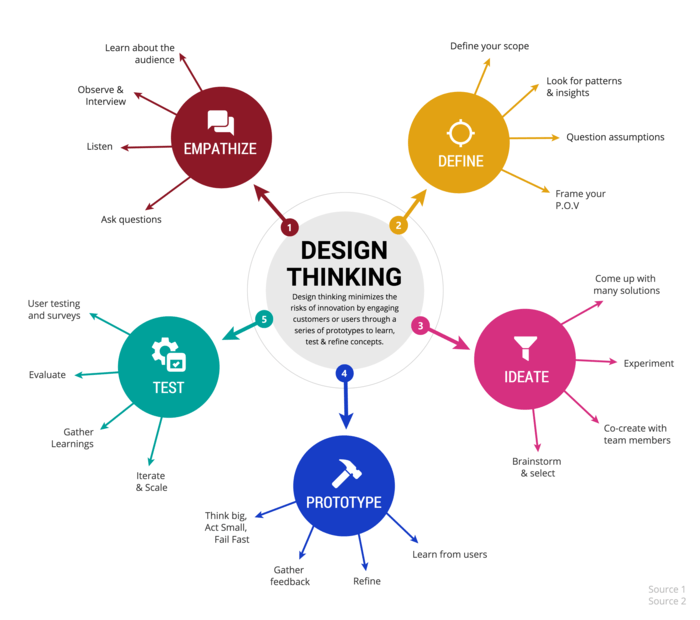 This can help us to better understand them.
This can help us to better understand them. - Put yourself in someone’s shoes. For example, instead of walking past the homeless person in the train station and simply thinking about how unclean they look, try and get a better idea of their life. This could be anything from bringing them a meal or care package and saying hello to volunteering at a homeless shelter. Either way, immersing yourself in the lives and experiences of others is a great way to increase your empathy.
- Listen, but also share. Empathy is not just about having empathy for others but also about showing ourselves to others. Trusting someone with your genuine thoughts and feelings is crucial to building a healthy and empathetic relationship with someone else. Empathy is fantastic because it is not just a one-way street. It can go both ways.
- Connect with social action movements. Empathy doesn’t have to be just an individualistic concept. It can extend to large groups of people and exist in a global or community-wide plane.
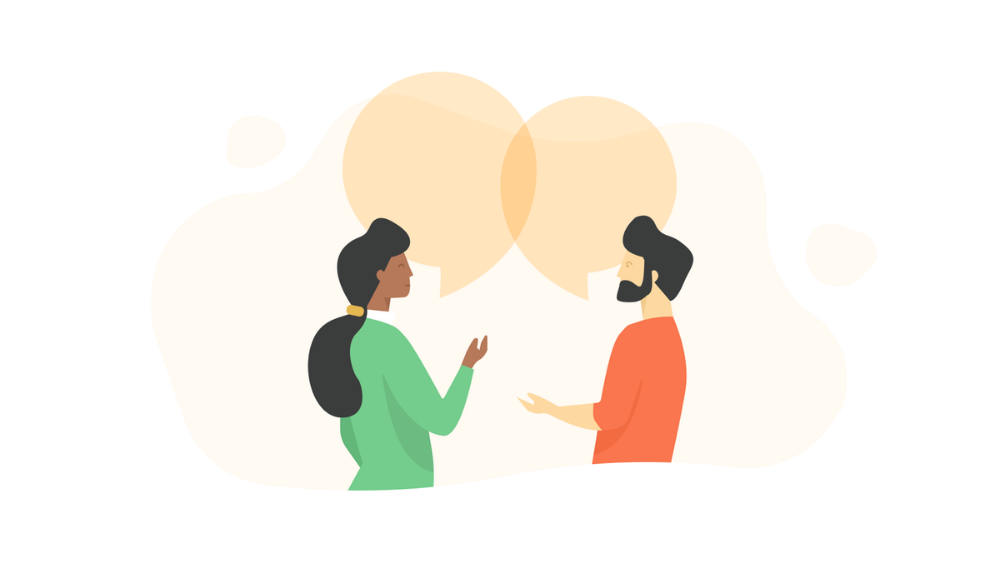 Getting involved in advocacy groups or charity efforts is a great way to embody empathy.
Getting involved in advocacy groups or charity efforts is a great way to embody empathy. - Get creative with it. So often, people think that just because someone disagrees with them or if the other person lives a different lifestyle than they do, that person doesn’t deserve empathy. Using your imagination and creativity is essential when empathy seems hard or even impossible. Through your creativity, empathy is possible even when you didn’t ever think it could be.
How to Be More Empathetic - A Year of Living Better Guides
By Claire Cain Miller
Illustrations by Jaime Jacob
More and more, we live in bubbles. Most of us are surrounded by people who look like us, vote like us, earn like us, spend money like us, have educations like us and worship like us. The result is an empathy deficit, and it’s at the root of many of our biggest problems. It’s because of how homogeneous people’s social circles have become, and also because humans naturally hold biases.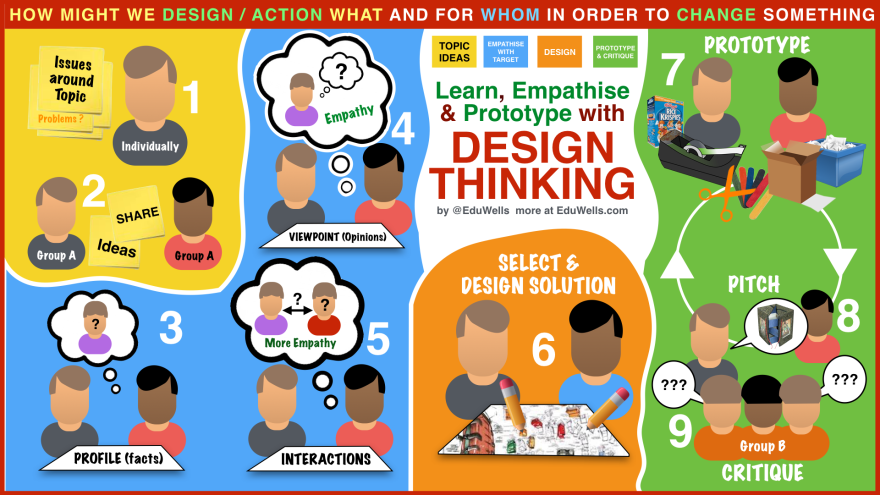 But researchers have discovered that far from being an immutable trait, empathy can be developed. There are steps people can take to acknowledge their biases and to move beyond their own worldviews to try to understand those held by other people. Bonus: You’ll make new friends along the way.
But researchers have discovered that far from being an immutable trait, empathy can be developed. There are steps people can take to acknowledge their biases and to move beyond their own worldviews to try to understand those held by other people. Bonus: You’ll make new friends along the way.
Practice Empathy
While some people are naturally more empathetic, there are exercises that anyone can do to improve.
So what is empathy? It’s understanding how others feel and being compassionate toward them. It happens when two parts of the brain work together, neuroscientists say — the emotional center perceives the feelings of others and the cognitive center tries to understand why they feel that way and how we can be helpful to them.
Research has shown that empathy makes people better managers and workers, and better family members and friends. But it’s bigger than just its personal effect. We’re all in this together, and researchers say that connection and compassion are crucial to a sustainable and humane future.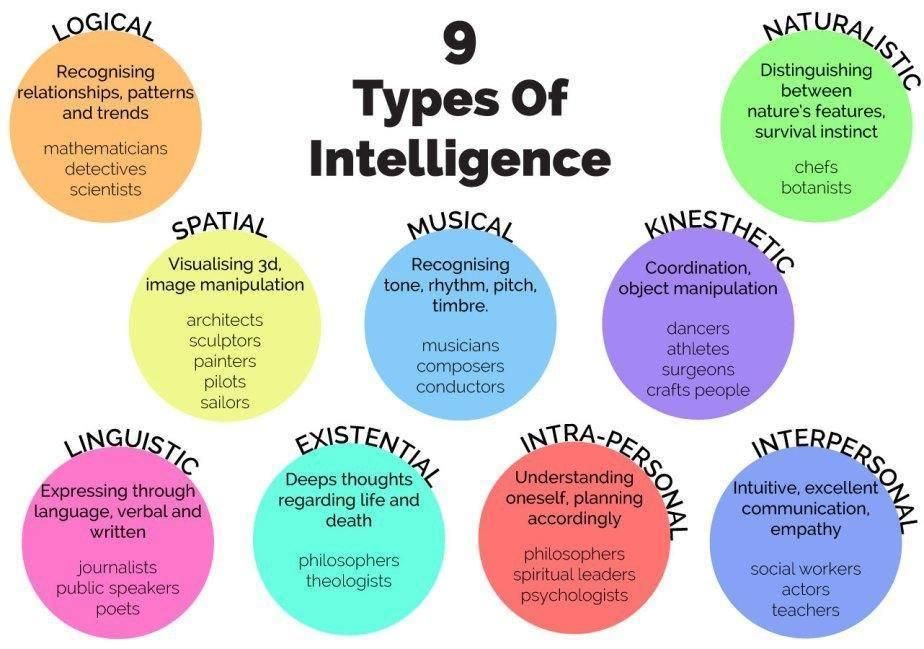
Some people are more naturally empathetic than others, but there are easy, evidenced-based exercises that anyone can do to increase their empathy.
Talk to New People
Trying to imagine how someone else feels is often not enough, researchers have found. Luckily, the solution is simple: Ask them. “For me, the core of empathy is curiosity,” said Jodi Halpern, a psychiatrist and bioethics professor at the University of California, Berkeley, who studies empathy. “It’s what is another person’s life actually like in its particulars?”
Try It:
- Start conversations with strangers or invite a colleague or neighbor you don’t know well to lunch. Go beyond small talk – ask them how they’re doing and what their daily life is like.
- Follow people on social media with different backgrounds than you have (different race, religion or political persuasion).
- Put away your phone and other screens when you’re having conversations, even with the people you see every day, so you can fully listen and notice their facial expressions and gestures.

Try Out Someone Else’s Life
Don’t just stand in someone else’s shoes, as the saying goes, but take a walk in them, said Helen Riess, a psychiatrist at Harvard Medical School and chief scientist of Empathetics, which provides empathy training for health care practitioners.
- Attend someone else’s church, mosque, synagogue or other house of worship for a few weeks while they attend yours, or visit a village in a developing country and volunteer. Spend time in a new neighborhood, or strike up a conversation with a homeless person in your community.
- If someone’s behavior is bothersome, think about why. If it’s your teenager, for instance, start by acknowledging that he might feel stressed, but go further: Consider what it’s like to live his daily life – what his bus ride is like, how much homework he has and how much sleep he gets.
Join Forces for a Shared Cause
Working on a project with other people reinforces everyone’s individual expertise and humanity, and minimizes the differences that can divide people, said Rachel Godsil, a law professor at Rutgers and co-founder of the Perception Institute, which researches how humans form biases and offers workshops on how to overcome them.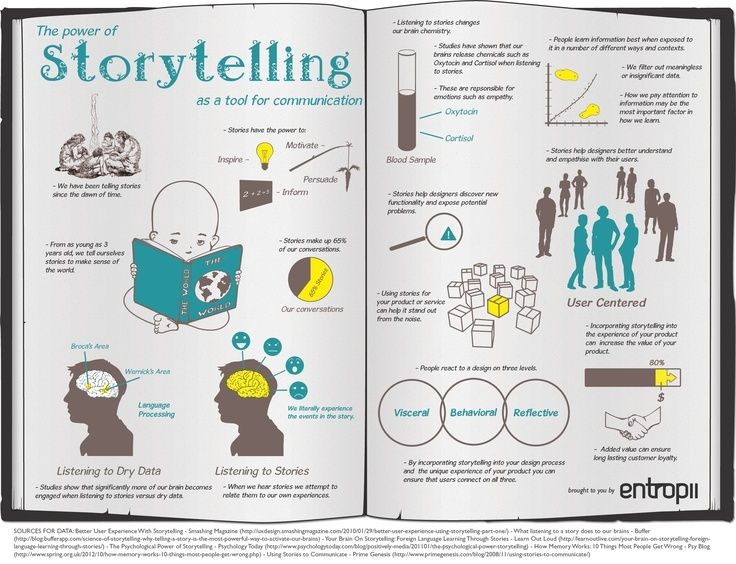
- Work on a community garden.
- Do political organizing.
- Join a church committee.
- If you have experienced grief or loss, join with others who have experienced something similar.
“My magic potion would be for communities to have meaningful, heartfelt projects that speak to their grief and vulnerabilities,” Dr. Halpern said.
For example, she found in her research that when women from the former Yugoslavia joined together across ethnic groups to help find the missing bodies of family members, they came to care for and respect each other despite their ethnic groups’ conflicts. Similarly, Israeli and Palestinian families who have lost an immediate family member to the violence there come together in a group called Parents Circle - Families Forum.
Admit You're Biased
We’re all biased. Acknowledging that is the first step. The second step is taking action to overcome it.
I’ll start: I came to researching and writing this piece with my own experiences, privileges and biases. I tried to reflect many different perspectives here, but I most certainly missed some. As you read, try to consider your experiences and take from this what’s most relevant to you.
I tried to reflect many different perspectives here, but I most certainly missed some. As you read, try to consider your experiences and take from this what’s most relevant to you.
Be Honest With Yourself
“Bias is a natural part of the human condition,” said Erin L. Thomas, a partner at Paradigm, which helps organizations with diversity and inclusion strategies. “This is adaptive for us to take mental shortcuts and make conclusions about the people around us. Actively working to combat that is what matters.”
Take a Quiz: Biases are often unconscious – we might not realize we have them – so one way to learn more about your biases is to take an unconscious bias quiz, like this one from Project Implicit, a nonprofit started by researchers at Harvard, the University of Washington and the University of Virginia.
Check Your Privilege
The flip side of bias is privilege. Bias puts certain groups of people at a disadvantage in our society, while privilege puts other groups at an advantage.
Your privileges are things that give you special status and that you didn’t earn and don’t necessarily realize you benefit from. One example is when white people, unlike African-Americans, don’t worry about police violence during a routine traffic stop. Another is when someone raised with enough money has never thought about whether they can afford to eat.
We all have different identities, and some make us privileged while others do the opposite. Perhaps you are a white man and also LGBTQ. Or you are able-bodied and an immigrant.
Take a Quiz: This short one helps shine on a light on your privileges. It calculates your “American dream score,” which takes into account the factors that were working in your favor and those you had to overcome to get where you are today – like how good your school was, how financially secure your parents were and how much access you’ve had to health care.
Other researchers have also made lists of questions and activities that can help you understand your privilege.
To start, ask yourself a few questions:
- When was the last time you had to think about your race, ethnicity, gender, religion, ability level or sexual orientation?
- When watching movies or TV, how often do you see characters who reflect who you are?
- How often are you in social settings where most people are of a different identity than you are?
Again, Talking to People Helps
One of the most important ways to confront bias and privilege in your life is to hear from others about their everyday lives, and consider how they’re different from yours, Ms. Thomas said.
It can be as simple as having lunch with a colleague and asking about their routines, she said. Maybe you’ll learn that they leave early to care for a family member or drive a different commute because they’re afraid of interacting with police. Perhaps they never feel heard in meetings, or struggle to find a time and place to pump breast milk during the day.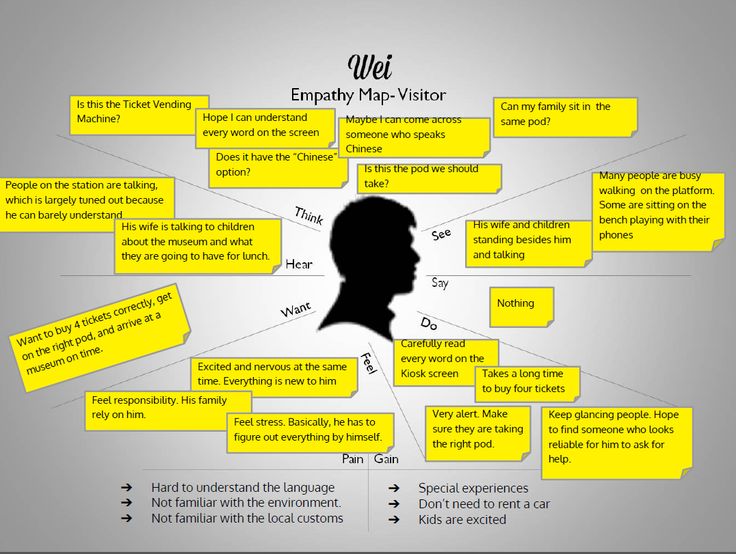
“The more you hear about the things that other folks have to factor into their day, the more you recognize the things you don’t have to pay attention to,” Ms. Thomas said.
Stand Up for Others
Empathy should drive us to act compassionately toward others.
Take Action
The next step, after acknowledging your privileges, is to put them to use on behalf of groups who don’t have them.
Some ways to do this:
- Donate money to causes that help people in need or attend a rally in support of them.
- Speak up when someone makes a discriminatory comment or interrupts. This is especially important to do when you’re not part of the community being undermined, Ms. Thomas said.
- If someone interrupts, you could say: “I think she was still in the middle of sharing her idea, let’s make sure she has a chance to finish before we move on.”
- If someone makes an offensive joke or disparaging comment, simply say: “What you just said is offensive.
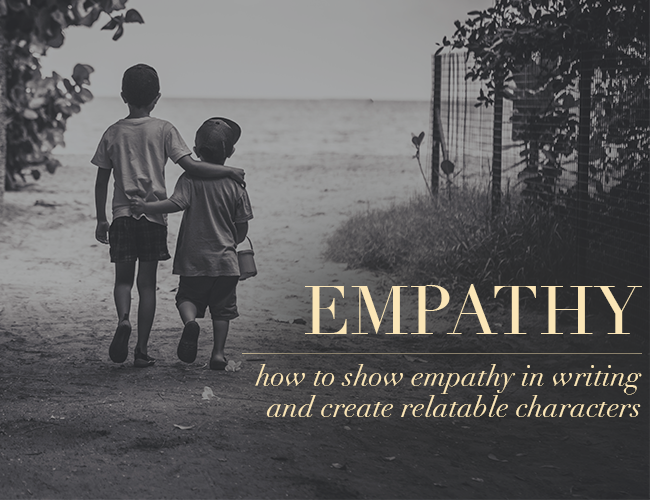 ”
”
Amplify Other Voices
Sometimes the most powerful thing you can do is step aside and create a space for those outside your group to speak.
Some ways to do this:
- If you want to share an article online, find one written by a member of an underrepresented group or a member of the community that the article is about.
- If you hear someone ignore or take credit for someone else’s idea, you could say: “She has a point, let’s discuss it.”
It's Not About You
- Remember that you don’t need to understand everything about someone to make them feel respected.
- Advocate for things that will help others, even if they don’t directly affect you, like pushing for paid parental leave even if you’re not a parent, or helping to organize an event for LGBTQ colleagues even if you’re not part of that community.

- Don’t make assumptions about people based on what your life is like. When you’re asking colleagues about their lives, don’t assume, for instance, that they have an opposite-sex partner, three healthy children, or a beautiful, spacious home.
- In workplaces, women and people of color do more of what researchers call office housework – unglamorous chores like getting coffee for a meeting or arranging a colleague’s goodbye party. Recognize when this happens, and if you’re not part of one of these groups, take on these tasks and recruit others to as well.
Read Books
Reading is one of the best ways to open your mind to the experiences of others.
Lose Yourself in Fiction
Reading literary fiction requires people to enter characters’ lives and minds – and by doing so, it increases people’s capacity to understand other people’s thoughts and feelings, researchers at the New School have found. People who read literary fiction performed better on tests of empathy and emotional intelligence afterward.
“You enter the thoughts, heart and mind of another person who’s not like you, and it really does break down barriers,” said Dr. Riess, whose book, “The Empathy Effect: Seven Neuroscience-Based Keys for Transforming the Way We Live, Love, Work and Connect Across Difference” came out in November.
Choose novels with narrators who have lives and backgrounds unlike yours, or who live in a different place or time. Choose diverse authors, too.
One place to start: The 2018 National Book Awards finalists for fiction. Their characters include a group of black men in New York City; a teenage Cherokee boy; and a group of queer friends in Chicago during the AIDS epidemic. Here are the titles of those:
- “A Lucky Man” by Jamel Brinkley
- “Where the Dead Sit Talking” by Brandon Tobson
- “The Great Believers” by Rebecca Makkai
Learn From Nonfiction
Read about the lives, struggles and fights against oppression of different groups of people — in history books and essay collections and newspapers.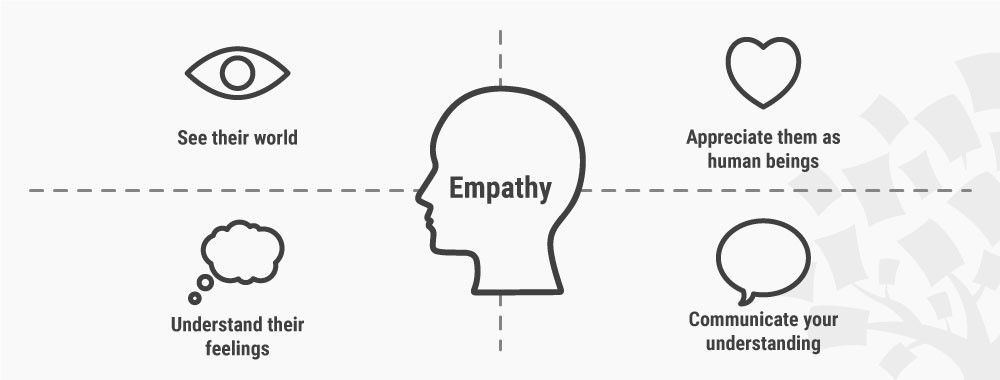
A few places to start:
- Book Riot has a list of books about racial issues. Here are three:
“So You Want to Talk About Race” by Ijeoma Oluo.
“The New Jim Crow: Mass Incarceration in the Age of Colorblindness” by Michelle Alexander
“The Making of Asian America: A History” by Erika Lee
- This year’s finalists for nonfiction in the National Book Awards include books about the relationship between George Washington and Native American leaders; the experience of growing up poor in the Midwest; and one of the key architects of the Harlem Renaissance:
“The Indian World of George Washington: The First President, the First Americans and the Birth of the Nation” by Colin G. Calloway
“Heartland: A Memoir of Working Hard and Being Broke in the Richest Country on Earth” by Sarah Smarsh
“The New Negro: The Life of Alain Locke” by Jeffrey C. Stewart
“Rising Out of Hatred: The Awakening of a Former White Nationalist,” published this fall by Eli Saslow, is about radical acts of empathy. It’s the story of a former white nationalist who changed his heart and mind after a group of Orthodox Jewish students at his college began inviting him to their Shabbat dinners.
It’s the story of a former white nationalist who changed his heart and mind after a group of Orthodox Jewish students at his college began inviting him to their Shabbat dinners.
Expand Your Research
Read and watch first-person accounts of the experiences of others in magazines and newspapers, on social media and in podcasts and documentaries.
The New York Times Op-Docs channel is one place to start. For example, it includes a series of first-person documentaries about race in which people from a variety of backgrounds talk about their experiences.
The University of California, Berkeley’s division of equity and inclusion has more suggestions for reading, watching and listening, including these documentaries:
“Hale,” directed by Brad Bailey, about a man with cerebral palsy since birth
“Almost Sunrise,” directed by Michael Collins, about two Iraq War veterans who struggle with depression after returning home
“Poor Kids,” directed by Jezza Neumann, about child poverty in the United States
Raise Empathetic Kids
Children can learn empathy. The first step is modeling it yourself.
The first step is modeling it yourself.
Teach Them Empathy
Children show empathy from the time they’re babies, when they mimic facial expressions and learn to smile back at people. It takes longer for them to learn to consider other people’s perspectives (as is clear to anyone who’s seen toddlers battle over sharing toys)! But there are ways parents and caregivers can teach empathy.
- Ask children what they think characters in books or during imaginative play are feeling, based on their facial expressions or what’s happening to them in the story.
- Don’t instruct your kid to say sorry. It’s a natural instinct, but experts say it can backfire because it doesn’t require them to genuinely think about the other person’s feelings. Instead, ask questions like: “How do you think he’s feeling? What could you do to help him feel better?”
- Help your children name their emotions.
 When they’re crying in frustration or anger, or don’t want bedtime to come or school to start, give them words for their feelings. Express your feelings in front of them, too, using the full range of emotional vocabulary.
When they’re crying in frustration or anger, or don’t want bedtime to come or school to start, give them words for their feelings. Express your feelings in front of them, too, using the full range of emotional vocabulary. - When you’re discussing problems they’re having, like with a sibling or friend at school, ask them to consider the other person’s perspective.
Model empathy and compassion by bringing soup to a friend who’s going through a hard time, volunteering as a family in your community or bringing a welcome bouquet to a new family at school.
Read to Them
Just like novels do for adults, children’s books take them into characters’ lives, hearts and minds. The first step is choosing books with a diverse cast of characters – including children of color, strong female protagonists and children with disabilities – so children can see characters they identify with and those they don’t.
Parents and caregivers can also use books to discuss issues like discrimination. A membership with the Little Feminist book club sends books, along with activities and discussion questions, for talking about gender equality and diversity with girls and boys. EmbraceRace has a list of 26 children’s books to start conversations about race.
A membership with the Little Feminist book club sends books, along with activities and discussion questions, for talking about gender equality and diversity with girls and boys. EmbraceRace has a list of 26 children’s books to start conversations about race.
Here are three books recommended by Maria Russo, the children’s books editor at The New York Times Book Review:
- “The Snowy Day” by Ezra Jack Keats: The first full color picture book centered around an African-American child remains touching today.
- “Pancho Rabbit and the Coyote” by Duncan Tonatiuh: A rabbit family faces challenges when they try to migrate north.
- “The Thing About Luck” by Cynthia Kadohata: A 12-year-old Japanese-American girl moves to the Midwest for the summer to live with her old-fashioned grandparents.
And here are three books recommended by the people at Little Feminist book club:
- “Drum Dream Girl” by Margarita Engle and illustrated by Rafael López: Based on a true story, a young Cuban girl dreams of being a drummer but is told she can’t because she’s a girl.

- “Jabari Jumps” by Gaia Cornwall: When Jabari tries to jump off the diving board, he faces his fears and expresses his vulnerability with the help of his father.
- “Introducing Teddy” by Jessica Walton and illustrated by Dougal MacPherson: A teddy bear tells its young human friend that it’s a girl inside, not a boy, and the friend accepts the teddy just the way it is.
Talk About Bias
Many parents, especially those who are white, try to avoid talking about race, gender identity, income level or other differences among people, believing that if they expose their children to diversity without making a big deal about it, their children will grow up without prejudice.
But research has shown that’s not true. Even preschoolers see differences – and also hold biases. When adults don’t talk to children about it, it can make it worse – children end up absorbing societal stereotypes or assuming it’s a taboo topic.
For families of color, these conversations often start much earlier by necessity, said Dawn Dow, a sociologist at the University of Maryland who studies race and family.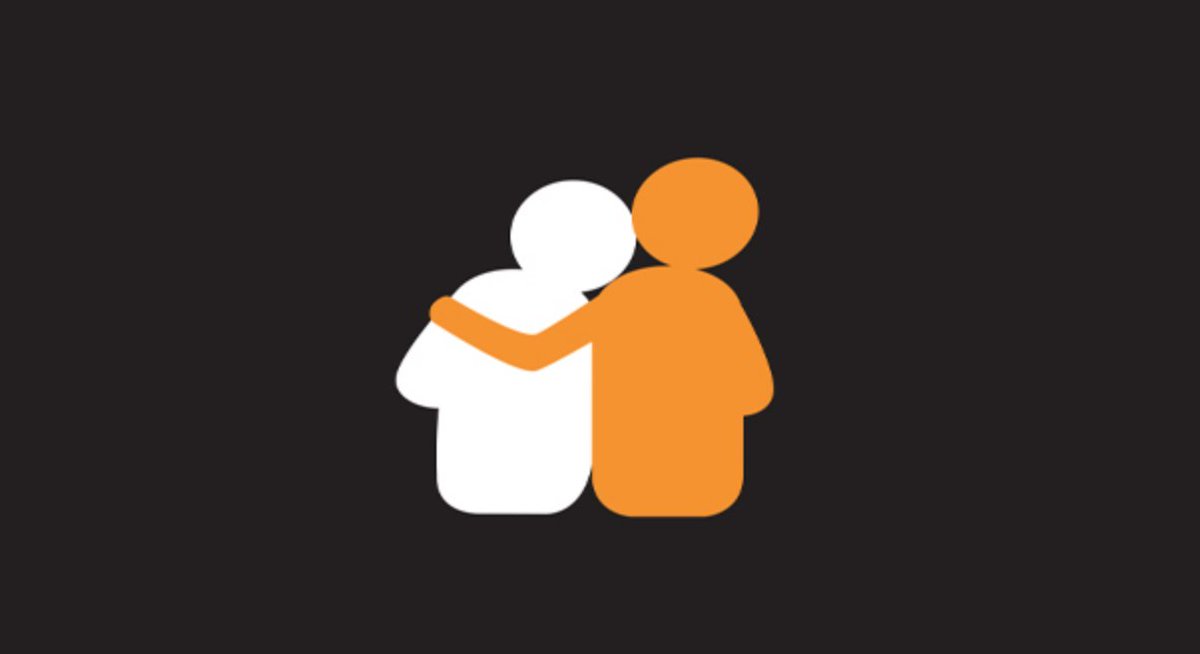 Parents try to protect their children from racism and make sure they’re exposed to people like them.
Parents try to protect their children from racism and make sure they’re exposed to people like them.
Have the hard discussions, researchers say. Bring up topics like race. Talk to them about the fact that racism exists; that boys and girls haven’t always been allowed to do the same things; that different families have different levels of resources; that people’s bodies are unique shapes and sizes; that families are made up of different combinations of people.
Don’t silence children when they remark on skin color, or skip the parts in books when characters face discrimination – these are the learning moments. Instead, talk about discrimination, and why it’s wrong. If they make a comment in public, experts suggest saying something like, “Yes, people come in all different skin colors, just like you and I have different hair colors.”
Diversify their media diet, not just with stories of historical figures but also children of color “doing normal things, enjoying their lives,” Ms. Dow said. She gave as examples the Nick Jr. cartoon “Dora the Explorer” and the book “Lola at the Library.”
Dow said. She gave as examples the Nick Jr. cartoon “Dora the Explorer” and the book “Lola at the Library.”
“They worry that talking about race and racism will cause their children to be racist,” Jessica Calarco, a sociologist at Indiana University, said of parents. “But that’s not what the research shows. Children who have those open, honest conversations with their parents are better able to recognize the structural inequalities that exist in our society.”
Teach Them to Fight Stereotypes
Researchers say children are aware of stereotypes by age 3. Counter them by encouraging children to do a wide variety of activities and spend time with a range of friends. Model the same in your own life — starting with sharing the chores at home.
If children say “Boys don’t play with dolls” or “Girls aren’t good at science,” remind them that’s not true. If you notice stereotypes in the shows they watch or the books they read, discuss them: “Does it seem fair that only the boys got to participate in the baseball game?” or “Why do you think the mother is the one doing all the cooking for the children?”
Teach them what to do if they experience discrimination or see someone else experiencing it, and role play with them. Teach them to say, “Stop” or “That’s unkind,” or to stand next to the person who’s being targeted, or to find a trusted adult.
Teach them to say, “Stop” or “That’s unkind,” or to stand next to the person who’s being targeted, or to find a trusted adult.
Hard Conversations
Frank, respectful conversations can go a long way toward opening people’s minds.
In one study, canvassers visited the homes of 500 Florida voters and had a conversation about transgender rights. They also asked people to reflect on their own experiences of being treated differently. Afterward, the voters in the study showed more support for transgender people and for laws protecting them. Something similar happens at the Change My View subreddit. People have described it as the most civilized place on the internet, where people respectfully discuss controversial topics and are open to changing their minds. Both examples show the power of having conversations about topics that might seem hard or uncomfortable. “The goal is not to be comfortable,” Ms. Thomas said. “It’s to stretch ourselves and expose ourselves to others’ points of view. I compare it to yoga – getting comfortable by being uncomfortable. If you are comfortable, you probably aren’t doing it right.” Here are some tips for having uncomfortable conversations:
I compare it to yoga – getting comfortable by being uncomfortable. If you are comfortable, you probably aren’t doing it right.” Here are some tips for having uncomfortable conversations:
Learn to Be Quiet
If you’re uncomfortable with the topic of conversation, or if someone has told you that you said something that was offensive, the first step is to listen. Some common errors, experts say, are:
- focusing on your own feelings instead of the other person’s
- making the conversation about you
- blaming the victim or denying that their experiences happened.
Here are some things to do instead:
- Step One: Don’t say anything. Just listen.
- Step Two: If you offended someone, apologize (and apologize earnestly).
- Step Three: Do your research. Read articles written by people who have had firsthand experiences with what you’re discussing.

Be Open to Changing Your Mind
Follow some of the ground rules at the Change My View subreddit:
- Don’t be rude or hostile.
- Don’t create echo chambers: Express opposing views, and explain the reasoning behind them.
- Engage in the conversation: Don’t state your position and walk away.
- If no one has changed their mind after three rounds of going back and forth, consider agreeing to disagree.
- If you change your mind, be proud of it and tell people you did so.
Learn to Listen
Truly listening to someone requires active engagement. Here are some tips from Dr. Riess, the Harvard psychiatrist:
- Use your body language to show that you’re open to listening: uncross your arms, lean slightly forward, make eye contact.
- Pay close attention to the speaker’s facial expressions and body language, which can convey more emotions than their words.

- Don’t interrupt.
- Ask open-ended questions.
- Put away your phone.
Remember: It Doesn’t Have to Be Hard
We’re all humans, and we all have the natural desire to connect with one another. Building our empathy, considering the perspectives of others and opening ourselves to uncomfortable conversations can make that happen. “We have made it fraught, but it doesn’t have to be,” said Ms. Godsil, the Rutgers law professor. “Once it’s the norm, it’s wildly freeing for everyone.”
14 ways to develop empathy | PSYCHOLOGIES
39,612
Practices how to
“Empathy is the ability to resonate with the feelings of another. When we meet a joyful person, we smile. Seeing the suffering, we suffer with him, ”says Mathieu Ricard, a Buddhist monk who is called the happiest person in the world.
The ability to empathize enriches relationships with others. When we understand the experiences of others, we can develop a deeper connection with them.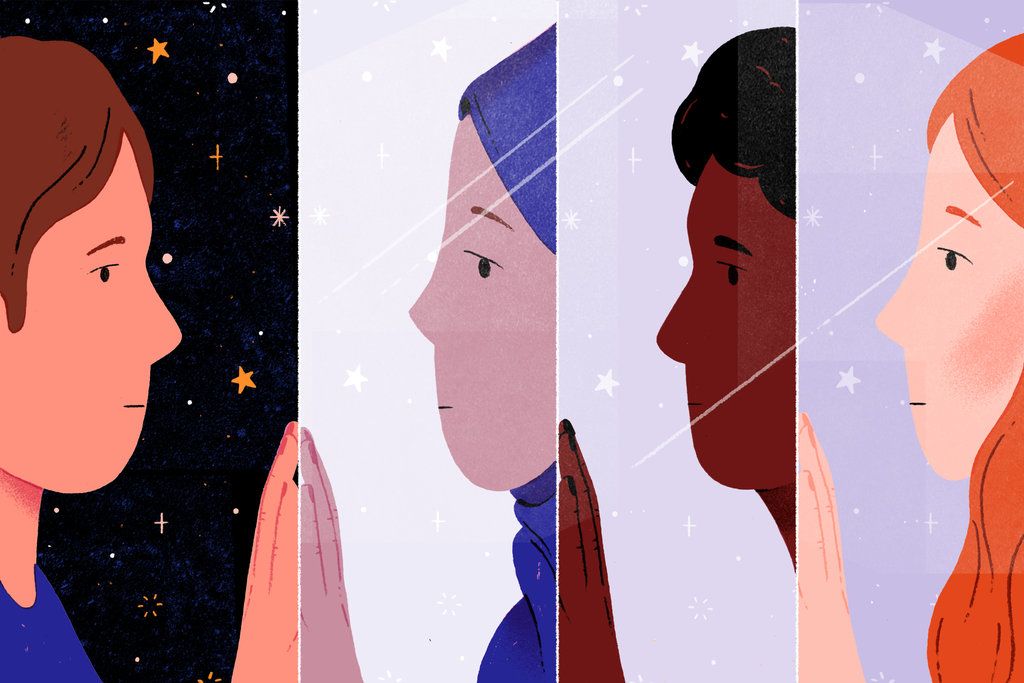 Our interlocutor will definitely feel that we accept him as he is.
Our interlocutor will definitely feel that we accept him as he is.
It is important for him to see that we really understand him, and not just rush to reassure, encourage or advise something. The very presence and “tuning” to the feelings of a counterpart can support him, but you should not say phrases like “Everything will be fine!” After all, how do we know whether it will?
Some people naturally have more empathy than others (for example, narcissists lack it), but other factors also affect the ability to empathize. For example, we are more likely to feel empathy for those who seem like us, as well as for those who, we believe, behave ethically.
Experiments have shown that even brief empathy training can produce results. What we can do on our own to cultivate this important skill:
1. When asking someone how they are doing, pay close attention to their response, both verbal and non-verbal. Often, body language and tone of voice speak louder than words.
2. If he says “It's okay” or gives another short answer, ask follow-up question : "No, seriously, what's going on with you?"
3. Listen not only with your mind, but also with your heart , trust your intuition. Empathy is mental work.
4. Focus on the conversation, don't try to do other things. Put the phone aside, make eye contact, take an open posture (don't cross your arms).
5. Try to understand what his words and experiences mean for the interlocutor , and let him come to his own conclusion without imposing his opinion.
6. Do not draw attention to yourself , for example, by telling what you would do in a similar situation.
7. Show the interlocutor that you hear him and empathize with him. For example, you could retell what you understood from his words: "I understand everything - you really wanted to succeed in this job, but you were fired, you are terribly upset and do not know how you can make ends meet. " His reaction will allow you to check if you really understood his condition correctly.
" His reaction will allow you to check if you really understood his condition correctly.
8. Remember that you can take someone else's opinion seriously and respectfully , even if you don't agree with it.
9. Cultivate curiosity about people. Try to imagine the person's past experience, think about how he came to his current habits and lifestyle, what he wants most of all. In other words, try to put yourself in his place. Reading fiction with well-developed characters will also help you learn to see the world from a different perspective.
10. Start conversations with strangers, for example, in line at the store. Be curious, try to learn something new. Try to notice in time if a stranger is not in the mood to talk, respecting his feelings, you also show empathy.
11. Expand your social circle. The goal is to better understand people from different social circles.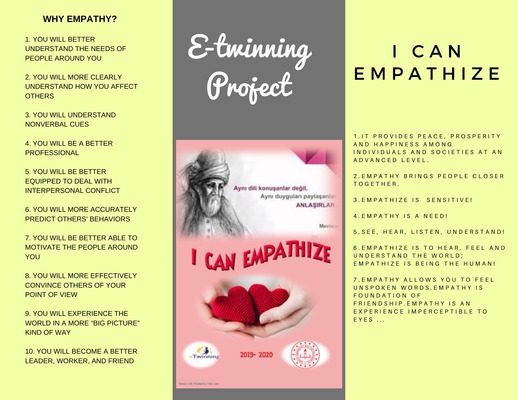 Avoid hasty judgments and stereotypes. First of all, look for something in common with new acquaintances, and then look at the differences.
Avoid hasty judgments and stereotypes. First of all, look for something in common with new acquaintances, and then look at the differences.
12. Pay attention to your own emotional reactions and body language when speaking. Does your heart start beating? Are you feeling uplifted or are you having a hard time? Observe this with the same compassion you show for others.
13. Practice being less introspective and paying more attention to your immediate surroundings: people, buildings, cars, parks, sounds. Imagine yourself as a detective gathering information.
14. Look for opportunities to volunteer. There are so many people around who need help! By volunteering, you can learn a lot about those categories of people that you might not even think about before. By developing empathy, you can help alleviate the suffering of others and heal the wounds of the soul in a world that lacks compassion and kindness.
Text: Nikolai Protsenko Photo credit: Getty Images
New on the site
“I don't want to see anyone and work anywhere. What happened with me?"
Women versus men: who has the stronger libido?
How to speak to be listened to: 6 tips — use in any life situation
Decluttering friends: how to “clean up” your social circle and how it is useful
How the situation with domestic violence has changed in 2022: conclusions and forecasts
« My mother died in agony in front of my eyes. How to deal with pain?
5 foods that will make your nerves stronger
How to make an offer so that you definitely won't get rejected: 3 main rules
How to express sympathy and not screw up
Modernity requires each of us to stop being toxic and unpleasant people. Instead of life-burning cynicism, emotional violence against each other, and good old-fashioned ignorance, the new morality offers us tolerance, empathy, and respect for personal boundaries.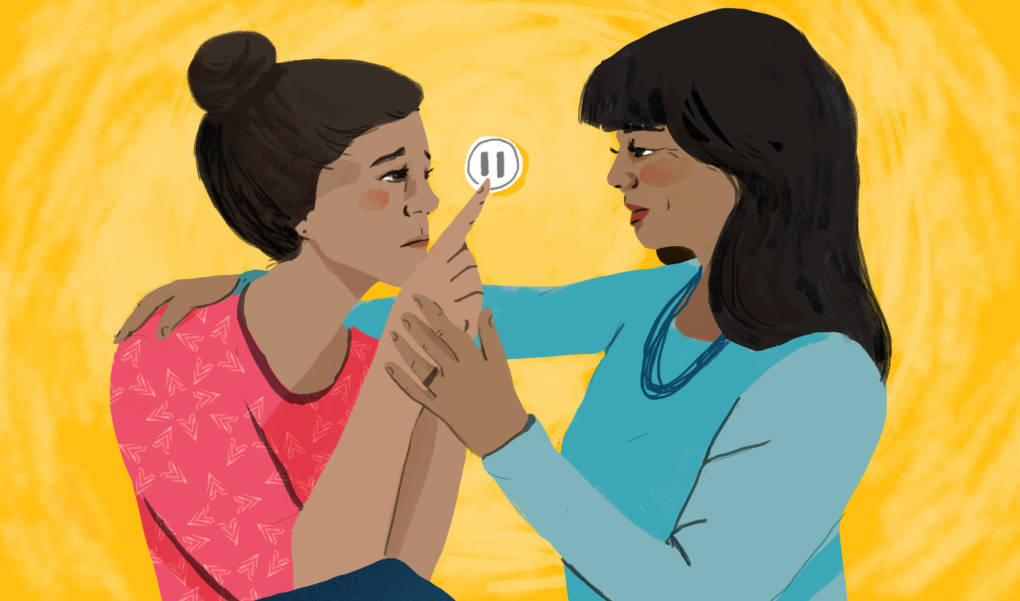 And while the whole society is making a "therapeutic turn" and psychology is becoming a new religion, its individual members are turning like elephants in a china shop - in their noble impulses they look ridiculous and continue to offend people, despite the best intentions. And this is normal, after all, no one taught us. Someone may object that it is not necessary to learn to be a normal person, but we will answer this with a remark: the norm changes all the time, and what was socially acceptable a decade ago is now considered a game - and vice versa.
And while the whole society is making a "therapeutic turn" and psychology is becoming a new religion, its individual members are turning like elephants in a china shop - in their noble impulses they look ridiculous and continue to offend people, despite the best intentions. And this is normal, after all, no one taught us. Someone may object that it is not necessary to learn to be a normal person, but we will answer this with a remark: the norm changes all the time, and what was socially acceptable a decade ago is now considered a game - and vice versa.
Well, let's say you decide to become this new, not "toxic", but "ecological" person. Imagine a situation: you understand that someone is feeling bad. Not in the sense that you determined by three signs that a person has a stroke (here it is still good form to call an ambulance), but emotionally bad. In 2020, it is not so difficult to find a confused, depressed, nailed by a stone slab of circumstances citizen or citizen (or a person outside the gender binary opposition). And then you found him/her/them. A desire to support this person is slowly but surely born in you - to express your sympathy, lend a shoulder, throw a lifeline. How to do it and not screw up?
And then you found him/her/them. A desire to support this person is slowly but surely born in you - to express your sympathy, lend a shoulder, throw a lifeline. How to do it and not screw up?
There are many pitfalls.
Driven by the idea of helping, we often begin to devalue the emotions that another is experiencing at this time.
Perhaps because they cause us great discomfort, and then the first thing we try to suggest is simply to stop feeling what the person feels. “Listen, just stop being sad. Smile! Life is such a great thing!” "Depression? Come on, just stop lying at home. They say that daily walks help a lot.” “Fired? It's okay! Just stop suffering because of it, open your eyes, there is a lot of work. "Divorce? Just kill it. She's not the first, she's not the last, let's just get drunk." It's all terrible. Just stop talking like that! Yes, you want to help, but you make it even worse - as if you are saying that a person with his experiences is just an idiot and stop fooling around.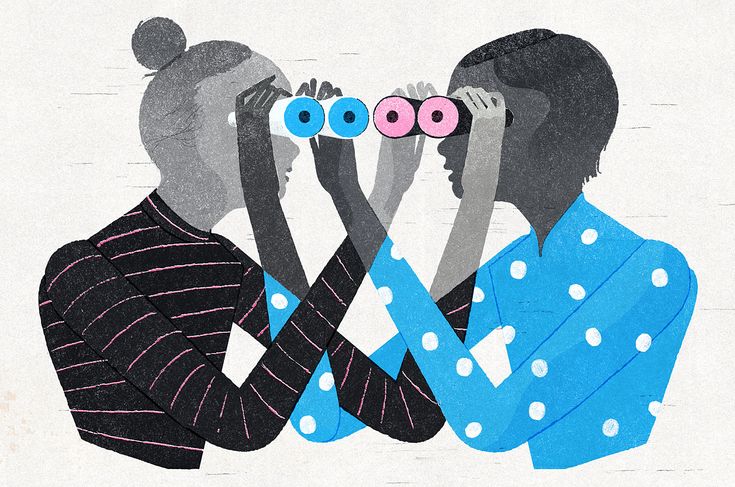
If we could all just stop, we would have stopped a long time ago.
And the only thing I want to say to the suggestion is to just stop: “Just go to hell!”
Another version for the advanced: "I know how you feel!" Truth? Where? Did you win the "Battle of Psychics"? (I'm a bit passive-aggressive right now, by the way, don't be like that.) No, we don't know how other people feel, what hell they might be going through. Even if we were in exactly the same circumstances, went through the same troubles, illnesses and losses, this still does not give us the right to believe that everyone feels the same way. People are different. And this must be respected.
What to do? Still, I want to help. The first step is to learn to accept the emotions of the one you want to support. Admit that a person sucks. Ask questions if he needs to talk. Do not ask anything, but just be there if the person does not want to tell anything. Ask if you need help at all , and if so, how exactly can you help?
I'm not ready to offer some kind of list in the spirit of "50 supportive phrases", because, firstly, if you begin to sympathize with someone with memorized sentences from a magazine, then nothing good will come of it, and secondly, an adviser from me, frankly, like a bullet from a smoothie.
